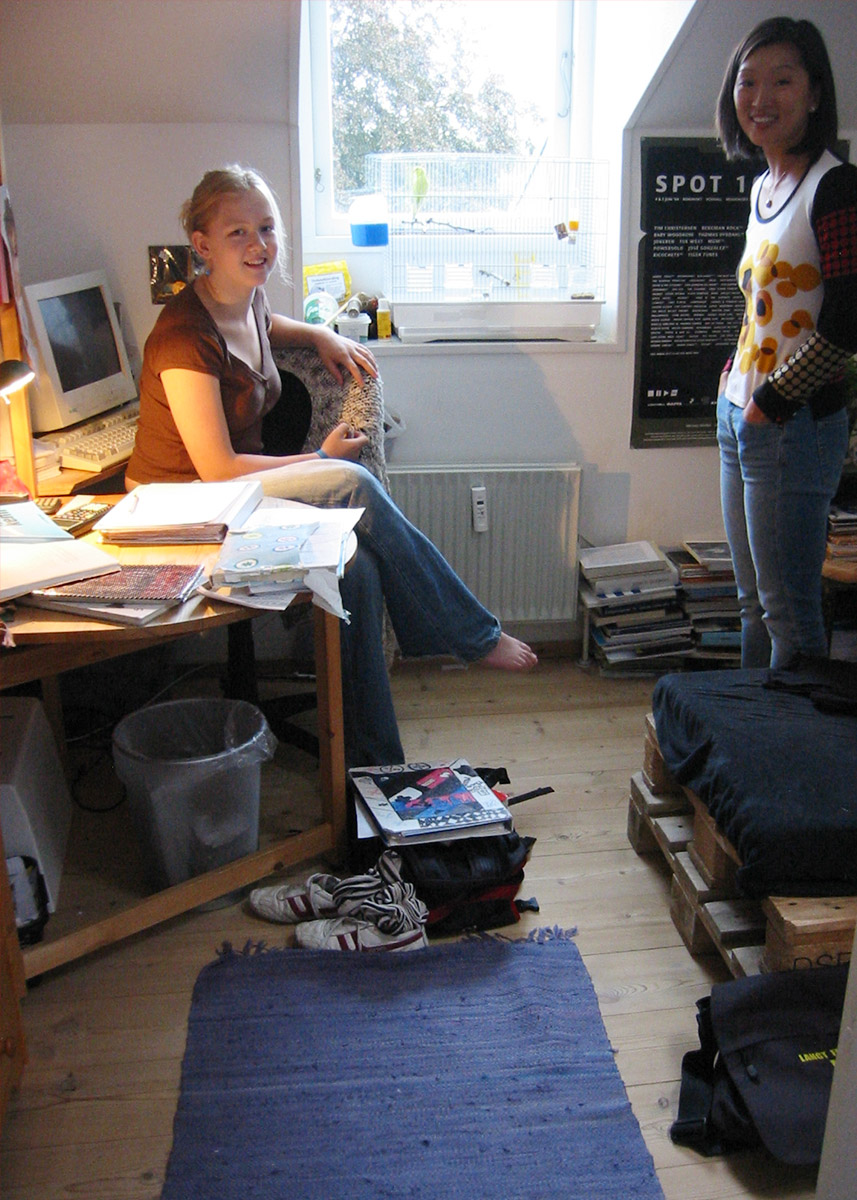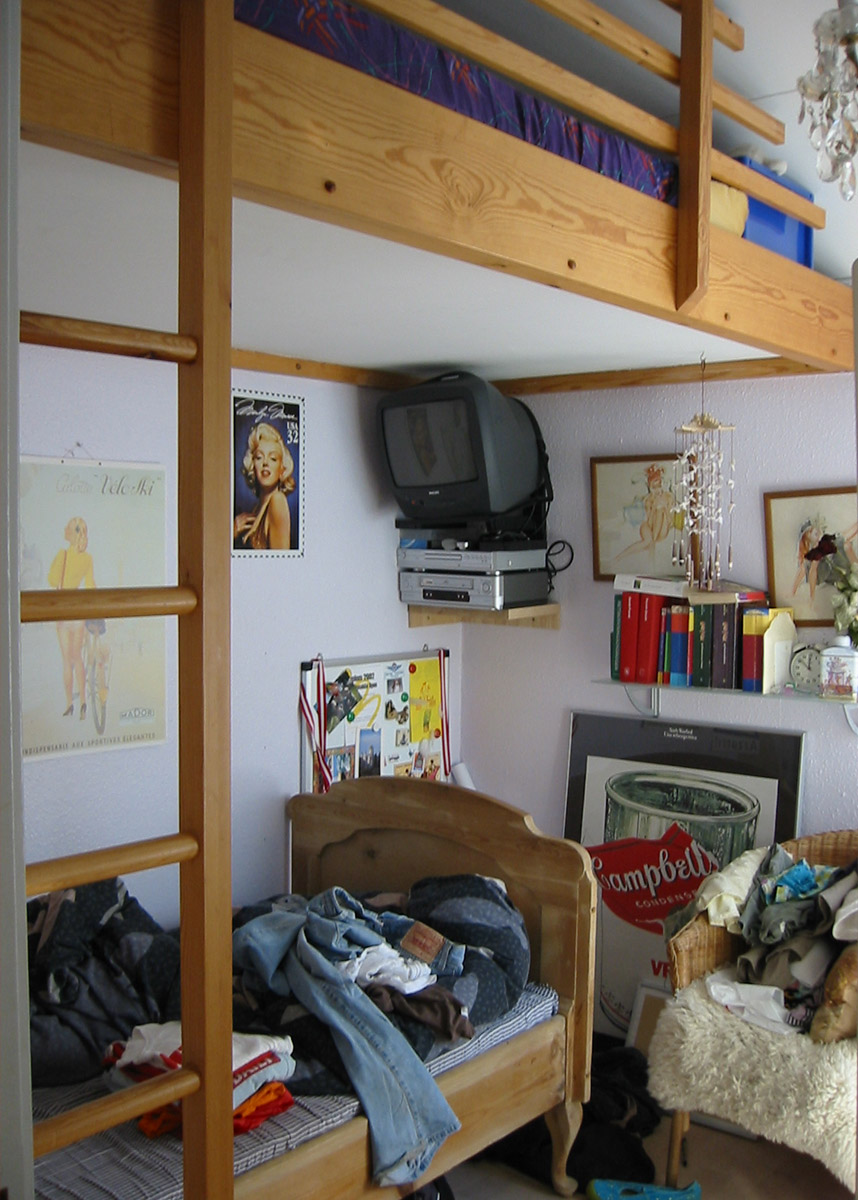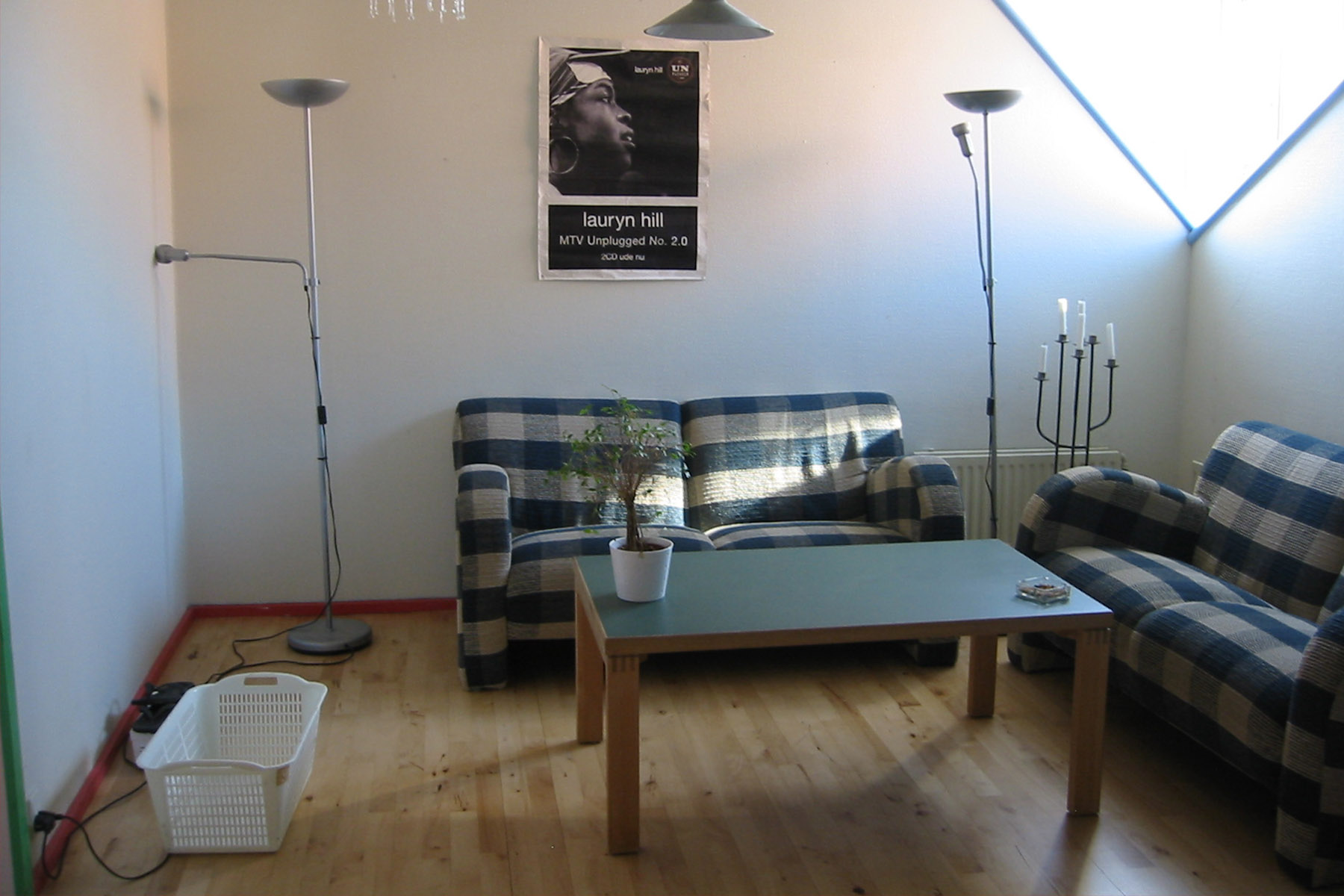A teenager’s cottage or apartment provides a safe transition between living with the nuclear family and complete independence. Seen in many of the communities visited – the teen apartments were usually a small efficiency apartment located in the community, often in pairs with a shared kitchenette and bathroom. Teens can request an apartment upon reaching a specified age. Parents or the teens would pay a modest monthly rent. At times there were no teens of the appropriate age within the community that wanted to rent the rooms, so occasionally a teen from outside the community would come to reside in one of the units.
These teen apartments provide young adults with autonomy from their parents/families, yet still provided the support of the family and familiarity of the community. A safe, yet big, step towards independence.



Please Note:
This series of blog posts is focused on explaining common design patterns in cohousing. Grace Kim, a founding principal and owner of Schemata Workshop, has identified patterns applicable to cohousing from "Pattern Language" by Christopher Alexander and has added some of her own.
Grace's additional patterns pay particular attention to the Common House because its design requires special consideration. As the living room for the community, the Common House sets the initial impression for visitors about what cohousing is, what your community values might be, or the perceived benefits of living in community. Schemata Workshop has analyzed scores of common houses in Denmark and North America to discern what does and does not work. Following Alexander's concept of Pattern Language, Grace has thoroughly documented the necessary programmatic and design elements for a successful Common House.
To learn more about cohousing at Schemata, visit our cohousing page.

